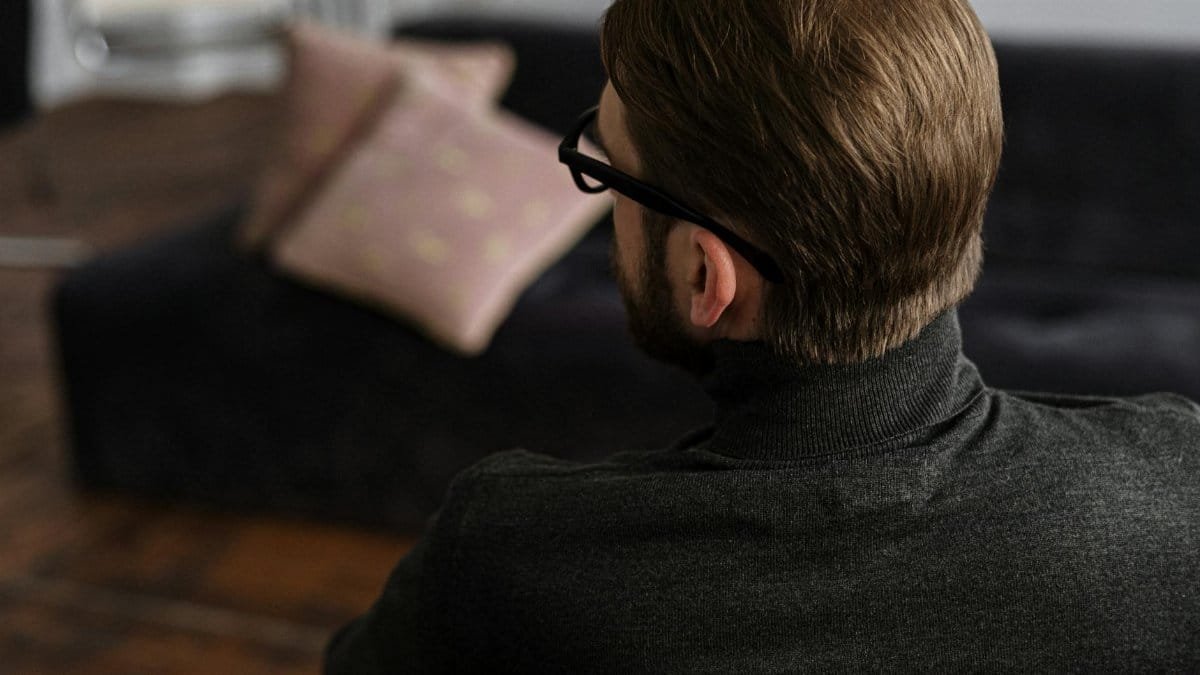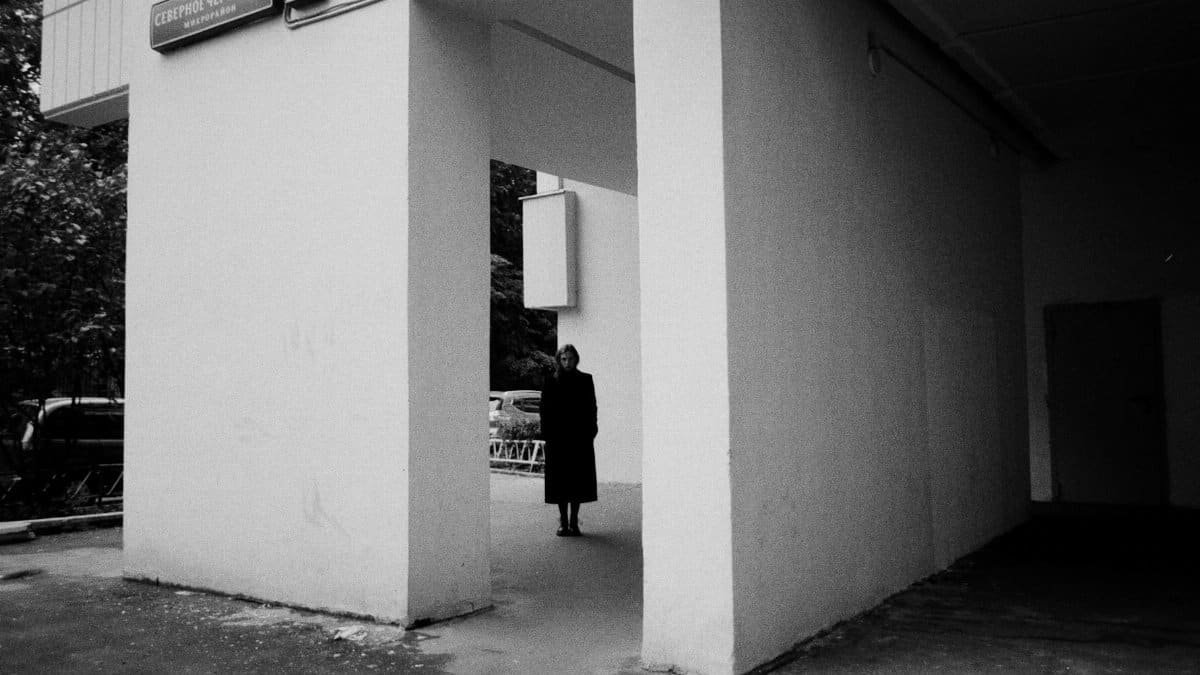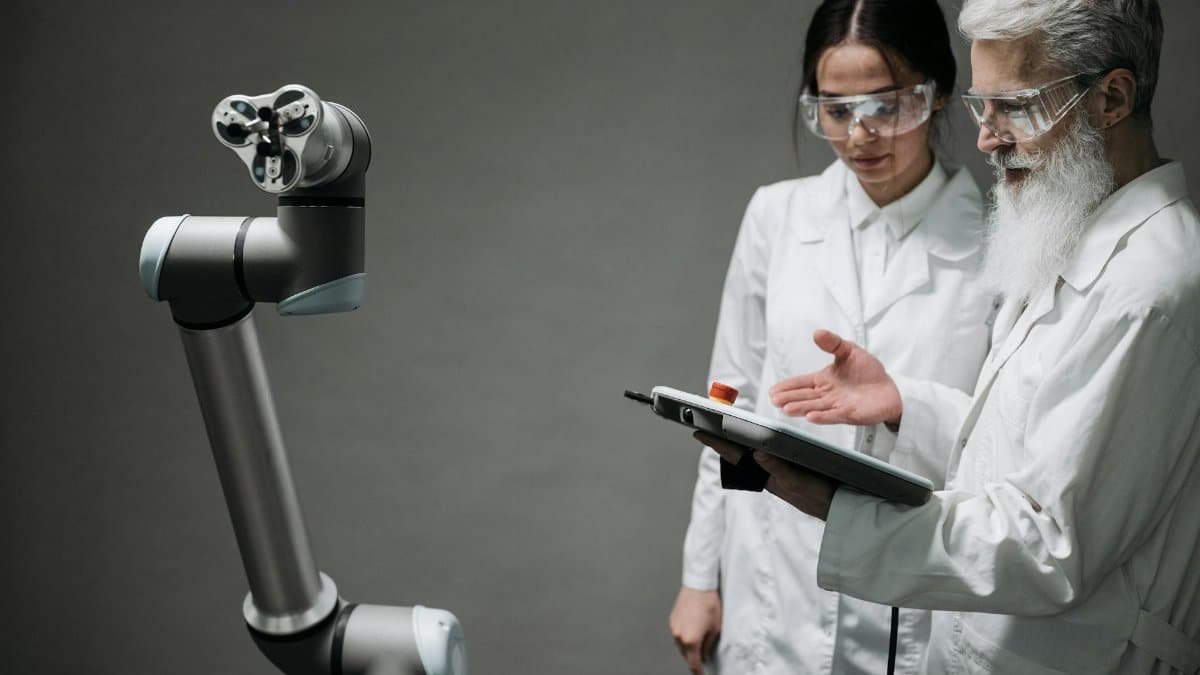Introduction

Ever feel like disaster is lurking around every corner, even when everything’s going smoothly? It’s a common trap, fueled by our brains’ wired-in negativity bias. But presence healing—a practice rooted in mindfulness that anchors you in the now—might just be the antidote. Experts say it’s gaining traction among stressed-out Americans, helping them break free from needless worry. As we head into 2025, more people are turning to this technique to reclaim mental peace.
The Science Behind Constant Worry

Our minds are programmed to scan for threats, a survival instinct from ancient times. Neuroscientists explain that the amygdala, the brain’s fear center, lights up at the slightest hint of trouble. This leads to catastrophizing—assuming the worst without evidence. Studies from the American Psychological Association show that 40% of adults report heightened anxiety even in stable times. Presence healing counters this by redirecting focus to the present moment, reducing overactive stress responses.
How Presence Healing Works

At its core, presence healing involves tuning into your immediate surroundings and sensations without judgment. It’s not about ignoring problems but acknowledging them without spiraling. Practitioners start with simple breathing exercises, grounding themselves in the here and now. Therapists note it draws from mindfulness-based stress reduction (MBSR) programs, which have been clinically proven to lower anxiety levels. In the U.S., wellness apps are making it accessible, with millions downloading tools for daily practice.
Real-Life Impacts on Daily Life

Take John from Chicago, who used to dread work emails, expecting firings that never came. After adopting presence healing techniques, he reports sleeping better and enjoying small wins. Similar stories flood online forums. A 2024 survey by the Pew Research Center found that mindfulness practices like this are up 25% among young professionals, helping them navigate economic uncertainties without constant fear.
Common Triggers for Expecting the Worst

Social media amplifies negativity, bombarding us with worst-case scenarios. Past traumas also play a role, etching patterns of pessimism. Psychologists at Harvard point out that chronic stress from events like the pandemic has left many wired for doom. Presence healing addresses these by fostering awareness, allowing users to question irrational fears. It’s not a quick fix, but consistent application reshapes thought habits over time.
Practical Steps to Start Presence Healing

Begin with five minutes a day: Sit quietly, focus on your breath, and note any wandering thoughts without engaging them. Apps like Headspace offer guided sessions tailored to anxiety. Experts recommend journaling present-moment observations to build the habit. In group settings, yoga classes incorporate it for collective calm. Research from the National Institutes of Health supports its efficacy in reducing generalized anxiety disorder symptoms.
Challenges and How to Overcome Them

Not everyone sticks with it—distractions pull you back to worry loops. Skeptics dismiss it as fluff, but evidence shows otherwise. To push through, set reminders and track progress in a notebook. Therapists advise pairing it with cognitive behavioral therapy for tougher cases. In bustling cities like New York, community workshops help maintain momentum, turning solitary practice into shared motivation.
Presence Healing in Relationships

Expecting the worst can strain bonds, like assuming a partner’s silence means trouble. This practice encourages open, present communication, fostering trust. Couples report fewer misunderstandings after joint sessions. A study in the Journal of Family Psychology highlights how mindfulness improves emotional regulation, leading to healthier dynamics. As remote work persists into 2025, it’s becoming a tool for virtual connections too.
Broader Societal Benefits

Beyond individuals, presence healing could ease collective anxieties, from election stress to climate fears. Wellness advocates push for its inclusion in school curriculums to build resilient kids. In corporate America, companies like Google integrate similar programs to boost productivity. Data indicates lower burnout rates, suggesting a ripple effect on public health and economy.
Expert Opinions and Future Outlook

Dr. Elena Ramirez, a psychologist in Los Angeles, says, “Presence healing isn’t magic—it’s rewiring your brain for reality.” With rising mental health awareness, expect more integration into therapy apps and workplaces by 2025. Critics warn against over-reliance, but the consensus is positive for those battling unfounded dread.
